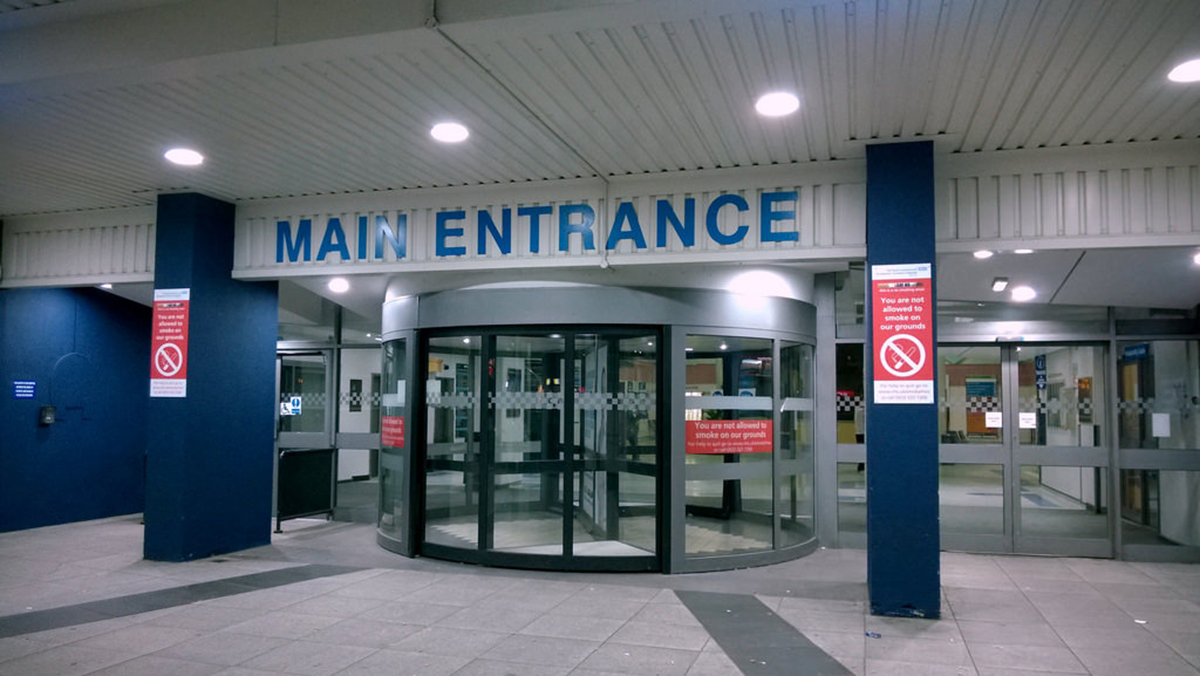Table of Contents
A long ride by ambulance to get to treatment can squander what emergency room doctors often refer to as the "golden hour". The first hour after a heart attack, or a stroke, or a devastating injury is the time doctors have to get to work to reestablish circulation to save brain tissue. Getting treatment immediately can make the difference between complete recovery and a lifetime of disability. Closing rural hospitals, and their emergency rooms, almost guarantees the opportunity for timely treatment will be lost.
Rural dwellers need rural hospitals, but rural hospitals face a financial squeeze. Even worse, the states with the neediest rural residents are for the most part the same states where recalcitrant Republican governors and legislatures have refused Medicaid expansion, which would pay at least some of the bills. No one supposes Medicaid expansion is the entire answer for the financial woes of local health care, although it would help.

- Mergers with big-city hospitals. Financially strong hospitals pay the bills, provide access to specialists, and get lower prices on drugs. The small town "our hospital" feel is lost, but the doors stay open.
- Excellent rehabilitative care. If rural residents have to travel two to four hours every time they go to cardiac rehab three times a week, chances are they won't try it. Making cardiac rehab available locally available increases the likelihood heart patients will get. The same is true of mental health services, marriage and family counselling, and diabetes education.
- Modern equipment. Doctors don't want to be limited in how well they can treat patients by fuzzy CT scans or handwritten charts or labs that take days to return results. The better equipped a local hospital labs and diagnostic facilities are, the more likely it is to retain highly motivated, highly effective physicians.
- Training programs. Rural residents often are desperate for good jobs, and the health professions are well paid. Training programs centered at the local hospital, typically in conjunction with a nearby community college, keep hospitals alive and residents in their communities.
- Nursing homes. The costs of running a nursing home in a small town are much lower than those of running a nursing home in a city, and many rural residents prefer to stay where they can regularly receive visits from family and friends. Medicare payments to hospitals for nursing home residents are a large source of income.
Salaries at rural hospitals are lower, but the $50,000 a year a nurse with five years of experience night earn at a rural hospital goes a lot farther in a community where a diner meal may cost $6, getting a mechanic to take a look under the hood may be $25 or even free, movie tickets are $5, and a three-bedroom home sells for $70,000.
READ On Medicare? When You Go to the Hospital, Make Sure You Are Admitted
- Holmes M. Financially fragile rural hospitals: mergers and closures.N C Med J. 2015 Jan-Feb. 76(1):37-40. PMID: 25621479.
- Jayne O'Donnell and Laura Ungar. Rural Hospitals in Crictial Condition. USA TODAY. 12 November 2014.
- Photo courtesy of expertinfrantry via Flickr: www.flickr.com/photos/expertinfantry/5423730580
- Photo courtesy of expertinfrantry via Flickr: www.flickr.com/photos/expertinfantry/5423730580
- Photo courtesy of comedy_nose via Flickr: www.flickr.com/photos/comedynose/17251341714


Your thoughts on this